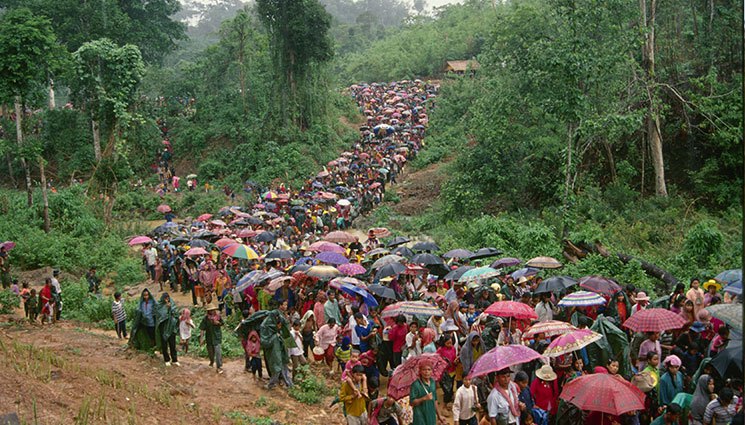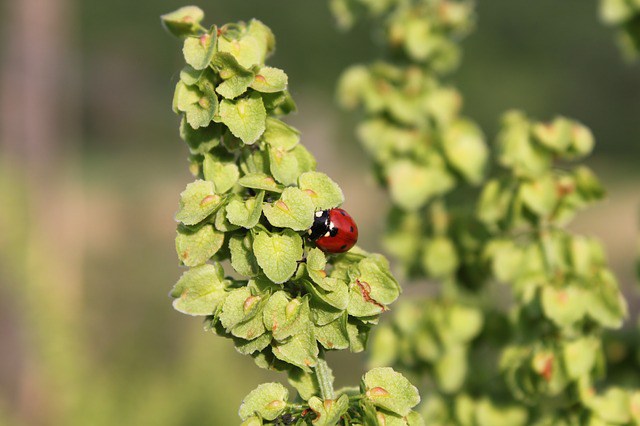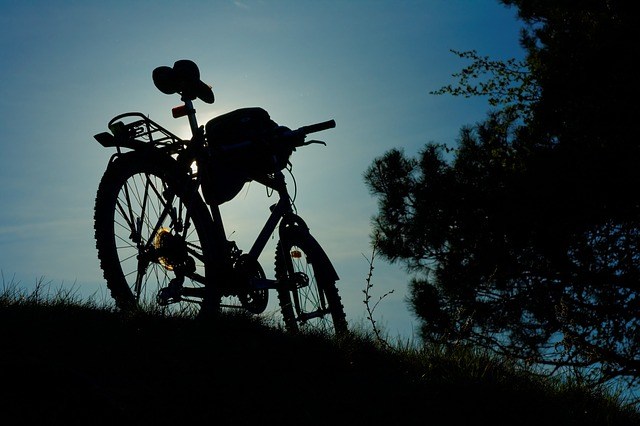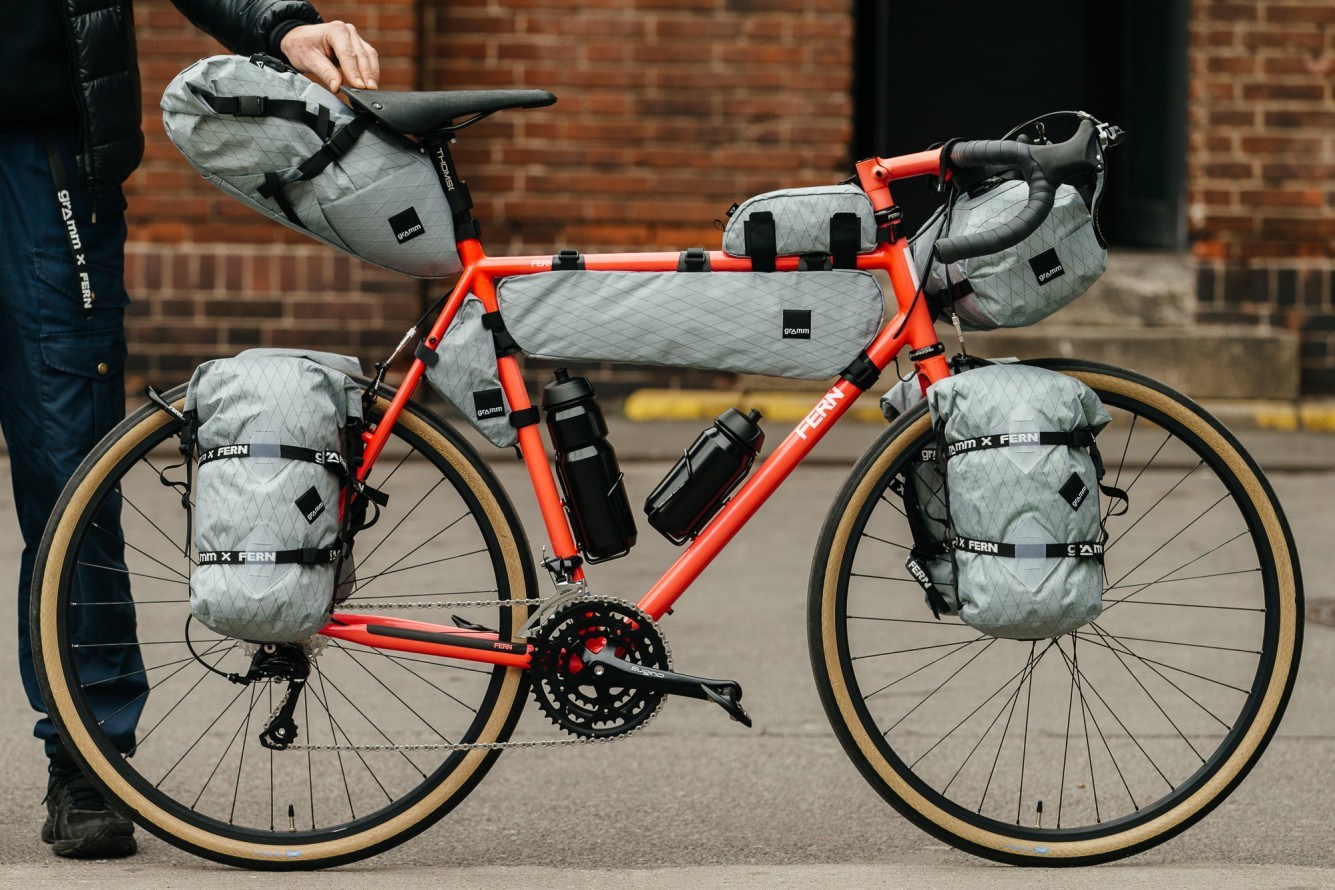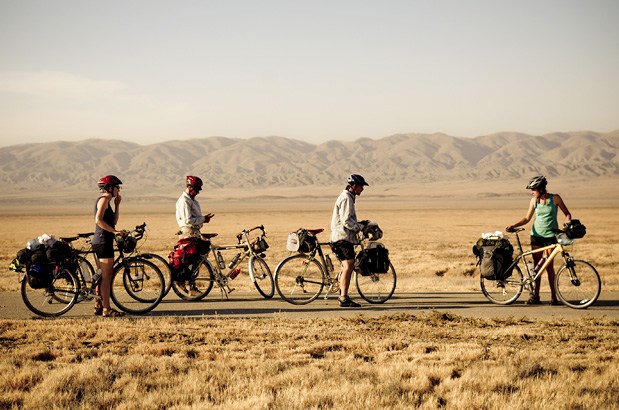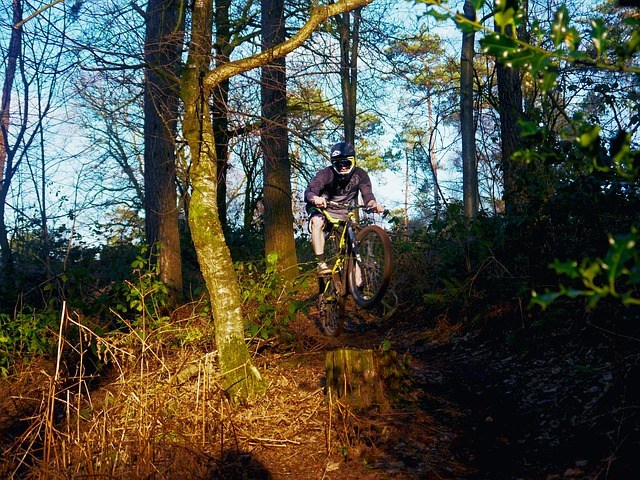Bug In or Bug Out?
For me my first choice is a bug in at home though I am not sold on it as a definite concept. For this reason I have one prime bug out location (BOL) at a cottage and two secondary ones at friends’ homes. This is really a personal choice. For all those that say you are 100% dead staying at home in SHTF there are more saying you will 100% die in the woods. The truth is between the two extremes but for me I need a roof and walls so I have them at home and at the cottage. If you bug in will it work long-term? If you bug out can you get there and can you be assured of survival on arrival?
The Bug Out at the Primary Residence or Your Primary Bug Out Location (BOL)
If you do not have a wood fire and close, dense forests then I’d not even consider this. Same is required for several local water sources. Having a great knowledge of the neighborhood helps even if the neighbors are literally a knife throw away! For me I keep them both equally stocked as I am still figuring out the pros and cons of each and likely will be doing so until, and if, the actual SHTF occurs. “Two is one, one is none” seems a good rule except for BOL where many people have one main choice. So rather than having one, either bug in it home or bug out then in at a BOL, I have two. Costs more of course but if you are really preparing for the end of civilization it seems a better idea to me than focusing on only one main alternative.
Food
You should have a year’s supply of food stored in the house and the same buried nearby that you can access even if you cannot use your house. That would be a minimum for a SHTF scenario. As you go beyond this (I’d aim for twenty years supply. I have two at present) keep a year’s worth in the home or BOL and the rest in ground cached nearby in multiple locations but accessible if you cannot safely enter the home.
If you are focusing on preparing for a Winter storm, train derailment, etc. then you are preparing for something other than the end of civilization. I always prepare for the worst possible case as it makes the more likely events very easy to navigate through. This should cost you about a thousand dollars. Buy Mylar bags and oxygen absorbers. Buy strong food grade buckets and consider the gamma lids for all of them but at least four of them. Unscrew the middle, empty, add a plastic bag, and you have a toilet!

You should have a year’s supply of food stored in the house.
Buy oats, flour, pastas, sugar, extra virgin coconut oil, rice, beans, and grains (each bucket has most of these as you do not have only one or two types of food in a bucket. If you have to grab a couple and run at least you have a bit of variety) in bulk and freeze them for 72 hours to kill the critters and then decant into one gallon or smaller Mylar bags. Add in yeast and salt and spices to every bucket and you are good to go. Have a good mix of types rather than just white rice and pinto beans (these are a great staple but have a variety available).
On average each five gallon bucket is approximately one month’s food for one person but with decent foraging and careful use you can stretch this to two months. You will lose weight but so is everyone else. They stack well but are obvious so plan where you keep them carefully. Mine has asphalt added to their outside for the driveway sealing I’m never going to do. Consider the Mylar bags only in your attic placed so they cannot be seen if anyone looks into the space if the attic is not a room. Consider tins and cans stocked in under the bed containers placed under the stairs and well covered by the usual junk people have. I have a huge amount of tins and jars padded by blankets in the bottoms of boxes filled with old cassette and video tapes. If able put tins and bottles inside wall spaces which I have not as yet done.
I do rotate food but not the long-term stores. I have about ten cardboard buckets filled with a variety of everyday foods we normally eat and replace the filled pantry from these and then repurchase. This adds up quickly and we believe tins do not really expire if not used before their expiry dates.
Tools for Survival

BioLite Wood Burning Campstove – Powers most USB-chargeable devices including smartphones
A full range of gardening tools and prepping supplies is an absolute requirement as is seeds. Seeds go off so get the expensive Mylar sealed ones but spend only $10-20 on these a year. Buy a few every year and store carefully. You cannot have too many nor can you wait until SHTF to learn gardening. It is a lot of fun and not as hard as I figured it would be before I started out. Consider raised garden boxes and have lots of tarps and nails to cover these if the SHTF is radiological. Have poles and clear plastic to construct a greenhouse if, like me, you do not need one at present. Learn how to harvest seeds now and not in SHTF. I have mixed success with beans and amaranth and incredible success with most herbs. I am still learning but it is easy and fun once you get into it. I absolutely will not be gardening until after the first Winter post SHTF. This would be making myself a target.
Have three plans to cook food and make sure all three are not dependent on modern civilization. I have a wood house fire, a BioLite, and a solar cooker. I also have propane for those none long-term events when I don’t really want to cook in the living room. Have at least two good quality cast iron pans and the ability to boil water in 5-10 pint amounts on an open flame.
Have good quality foraging and wilderness skills books. Open these up frequently and look at them and try to use them. Have a large store of plastic bags and bottles. Learn how to boil can as a minimum and have a plan to dehydrate via solar large quantities of fruits and vegetables. Your pre-collapse buckets will eventually run out and your job is to use them as little as possible for as long as possible. Have some ability and knowledge to harvest tree sap for drinking and for boiling down into sugars if you live in a suitable area. Know how to harvest bark and cook it. It is tasty and full of sugars. Again do not wait until SHTF to find the axe is rubbish for this or you do not know how to peel it correctly from a living tree.
For me livestock is not possible for various reasons but if you can you should explore this and make sure you can feed them well in SHTF even if the stores never open again. Fishing rods, lines, hooks, and nets are set up at home and the cottage for us and we know how to smoke them (the fish I mean!).
If you do not sprout seeds already may I suggest you start to do so? It is easy, healthy, and tasty. Again they go off over time so buy yearly but keep all of them. Some is better than none. They also turn into plants and require very simple equipment you should have now rather than try to improvise in SHTF.
Water
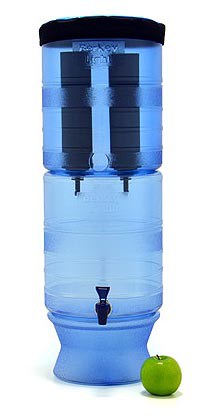
Berkey Filters are excellent Prepper resources.
Have at least two sources of water within easy walking range. Have a wheel barrow and buckets to transport it to cut down on the time and effort this part of your new life will take. If this is not possible you need to store thousands of gallons of water not a few cases of bottled water.
Have the ability to clean and use the water using various means. Initially I am using stored water and then the Berkey Water Filter. This is expensive but I do feel a good Berkey with four black and four white filters at my home are well worth the investment. We used it in a previous home for all our water but here it is wrapped up in a plastic tote waiting for the day I need it again. Next year the BOL gets one as well as it is an essential and essentials should work very well, for years, and be ready to use at your destination not carried there. Tablets and portable filter systems are for traveling only in my opinion. I have a lot of them so I can use them for daily living if the need arises.
Good quality rain barrels, tarps, and food grade plastic pipes should be readily available to convert rain into water for drinking, bathing, and the garden. Again I have these but they are not set up as I am not keen on screaming “prepper” to anyone who walks by the house or cottage. You should also have a large supply of large clear soda pop bottles. I do not use the stuff myself but collect them from others who do for “starting my plants”. Prefilter, lie in the sun, and consume in a couple of days. SODIS water treatment is clearly explained on the web and is an easy back up plan to provide large quantities of water if the Berkley fails.
Heating
As I said I’d not consider staying anywhere without wood heating but I live near lots of woods and in a climate that gets a bit cold in the Winter. Cold enough to freeze your nose hairs! I have a decent tent system and on top of the mattress in front of the fire it will work great especially with the sleeping system we have. I have not duplicated this at the cottage as I’d rather travel with the ability to be warm but I see the need to spend the cash at some point in the near future.
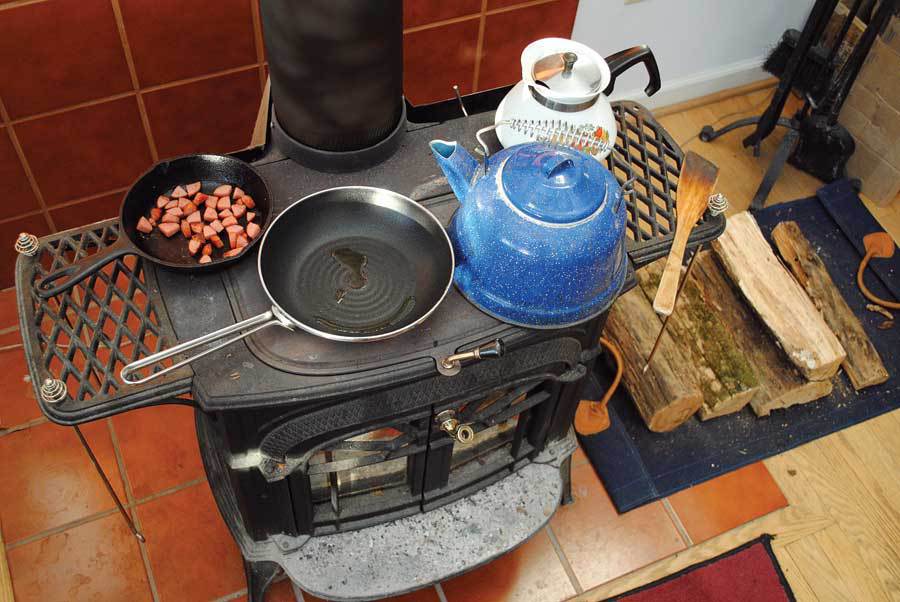
Wood-stoves in Northern climates will save lives in a SHTF event.
I have lots of black bags to seal the windows (see Security) and lots of cheap survival blankets to put up for heat reflection and clear plastic for the doorways. It is my number one concern as death will come swiftly to the unheated up here. In the Summer (yes it does get hot in Canada) the basement of the home stays cool and the cottage stays cool as it is on a rock system by a river.
We have decent Winter clothing in both places and SHTF clothing ready to go in the basement. I went with merino wool for the base layers but have cheaper layers to wick if I feel the need to change clothes in the Winter. I plan on getting smelly in SHTF (see Security) initially and during the Winter a weekly spot wash is all I can see doing.
Power
I would love to put up solar panels at the home and the cottage but until more people do it is just a big, fat target on me. The one home in our neighborhood with solar is not defensible and I cannot see how they expect to stay there if armed and cold people show up. One day perhaps when 25% of the homes do this I will but until then it is simply not worth the risk.
I plan to have no lights at night. Up at dawn, work hard, sleep at night when not on watch from day one in SHTF. For millennia that was the human experience and I see clinging to our current lifestyle in any form in SHTF as being risky. I can use solar lights to generate light that is brighter than the current house lights but that is for emergencies only. I am not even sure if I’d risk it then but I have it and it works. I use a few small solar panels that easily get enough power for this when set up on the 300 square foot balcony and the Biolite stove produces a bit.
I am flirting with a gas generator but for SHTF I cannot see the use. We no longer have a sump pump in the basement so really it would be for the fridge and freezer in a temporary Summer blackout.
Transportation
Our car is the bugout vehicle of choice and we keep 40 liters of gas on hand all the time but if I cannot use it then we have decent bikes with small panniers. Walking would be our main transport method so the wheel barrow is an essential bit of kit as well as good quality back packs. Other than the local area I am not planning traveling much at all in SHTF. Kayaks at the cottage would be helpful in the warmer months if a distance travel was needed but I’d not risk it without a clear destination and honestly in SHTF my local area will be the extent of my concerns.
Security
Guns run out of ammo and using them might not be a good idea if people fire back. The noise would also likely attract a lot of unwanted attention. Plus in Canada it is not as easy to equip yourself like GI Joe as it is in our neighbor to the south. I also think it creates a false sense of security but that is just my opinion. If I find a gun in SHTF I’ll carry it and use it. I have some plans on how to do that but it is not really a legal thing.
The home is defended mainly by passive means. Heavy duty iron fencing and another six-foot wooden one going up in the Spring. Having dogs means this sort of fencing is actually above suspicion and welcomed by the neighbors. Barb wire and solar motion lights go up in SHTF as I am not that sociable at the best of times. Doors, windows, and frames have the fixes easily done and available on the web but the wood pile by the garage is basically entering the ground floor in early SHTF. Stacked high and deep on tarps it won’t allow anyone to get in. We can leave the house by the ladder on the balcony as and when we feel it is safe to do so. It does mean I can be burned out but the house is concrete and looks small and uninviting compared to the neighborhood which are wood and much larger. Passive alarms on any entry point and wooden hurricane boards are further things that go up in SHTF.
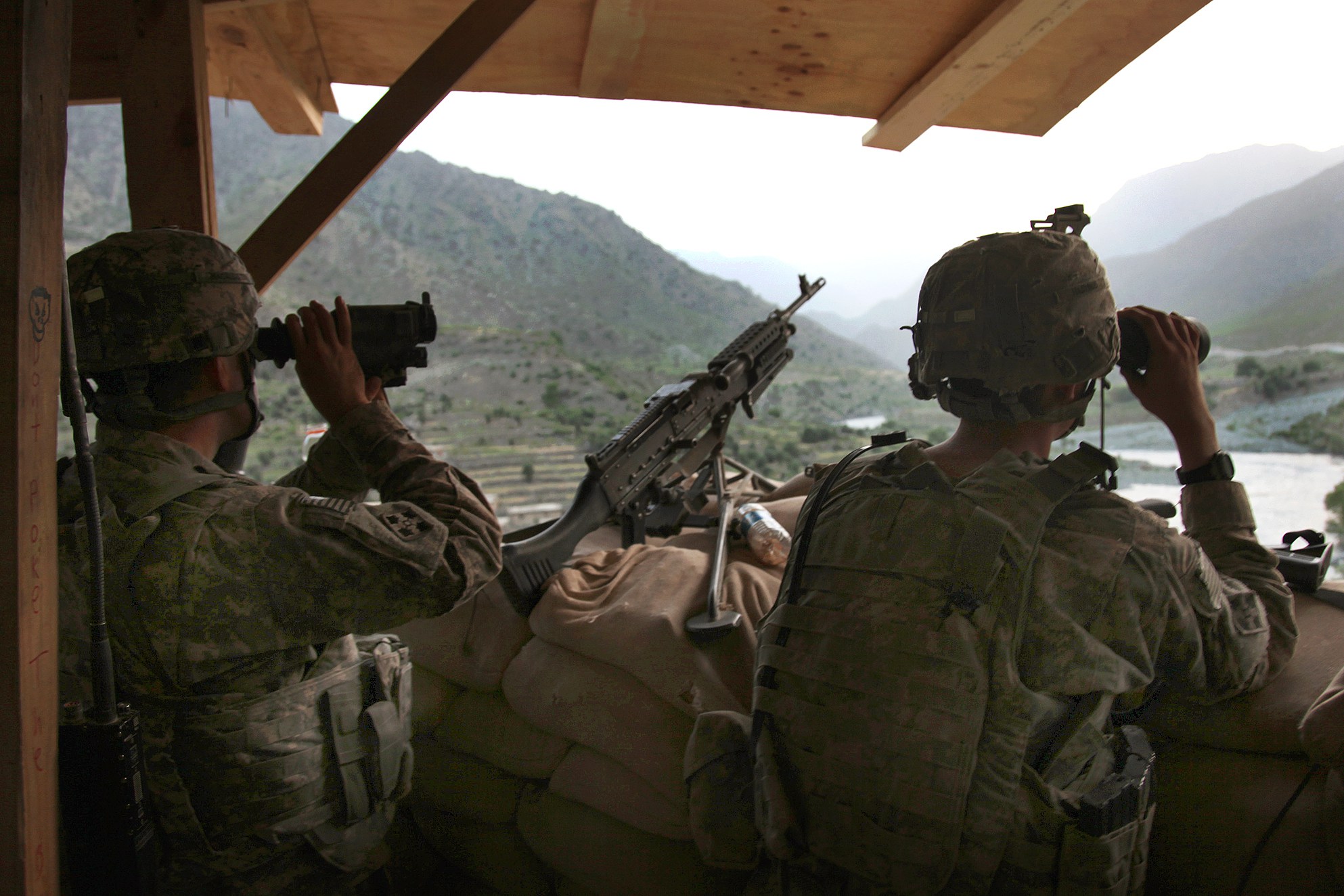
The cottage goes for not looking inhabited and the already ransacked method. As a nurse I have a collection of body bags and a few of these around the place with rotting meat inside would likely put off most people along with the danger contamination signs and tape.
Both places have food and supplies in ground away from them in case of loss of the building (fire or intruders) and I have plans to evacuate and retake both places. This is situational and has some legal issues so I am not discussing it here but stay and fight to me seems more risky than running from the determined and taking it back later on. I’d definitely allow any intruders who have driven me from the place to find a large amount of alcohol that is poorly hidden. As hard as it might be to not drink it myself in SHTF I want to make sure a large group of intruders can get well drunk in this circumstance.
Both places have lots of black heavy-duty garbage bags and duct tape. All doors and windows get blacked out but, again, I am not planning to use light sources at night. In the first few months of SHTF I am also not planning to have the fires going at all and later on only at night. If it hits in the Winter this will have to change but we can stay warm enough without a fire for a week or more. Making cooking smells or showing smoke is just not worth it in the early phase of SHTF and we have planned food, clothing, and sleeping accordingly. Use a wood fire at night if possible and have no daytime smoke.
Active methods of security are bows and lots of arrows. The home entry points are blocked so anyone determined enough to scale the 9-12 foot balcony might be asked politely to not do so. We also have a lot of throwing knives and attached to long sticks, they can be useful to spear fish or any other thing dumb enough to try to get into the home. Classic historical methods of deterring intruders from your ‘castle’ and they work silently. A well-aimed piece of fire wood is also off-putting. One thing I have determined that intruders are dealt with in ways that mean they cannot every return to try again.
In both areas we have good relations with our neighbors and plan to help them out a bit depending on the SHTF. We know them and their habits and have studied them carefully for a few years. We absolutely have not revealed ourselves as preppers nor would do so in SHTF. I am hoping for a Winter event so this aspect dies off rapidly but you need to have neighbors who are allies not enemies. In a bad SHTF they are all enemies so mainly we plan to hide out and defend as best we can.
Going outside will be carefully done. The radios are only for emergency use and we would only use planned routes and times of travel to avoid people. Having worked twelve-hour nights for years it will be no issue going outside at 3am and being back by 5am. Each outside trip will be in the same outer clothes each time and no these will never get laundered. Hair and beards will grow as if we cannot heat water to clean them. After a couple of weeks your hair does not really need washing anyhow (yes we tried that!). Food intake will be rationed so we will lose weight except the day before any planned heavy work or travel when we will have a decent 4000-5000 Calorie day. This will also be a Sunday thing for us but mainly 1500-2000 calories a day the rest of the time. Fat people will stand out very quickly in SHTF.
Have one in ground food cache and two in home ones that are okay but you would happily surrender to an intruder if over powered. Giving them something very reluctantly might save you or not but is worth a try. Getting a week’s worth by emptying your “only” stores should make them happy. In a slowly evolving SHTF we will ask for food and water. We will line up for it and use anything supplied locally. Not doing so is a big red flag that you do not need the help.
After the first year we plan to advertise our health care skills if the area is stable and generally join in with whatever community is there. As both towns are old ones with a long history of water trade and lumbering I cannot see someone not starting a community in them once the population has again dropped to a normal historical size for the terrain. Skills are more important than equipment and we both have great health care skills. We also have a lot of equipment and know how to replace it. People will need to give birth and have bones fixed and cuts sutured.
Obviously offering these services will only be done when our community has sorted itself out without our help. I have no desire to be the leader nor am I willing to risk our preps before stability has occurred. I also have no desire to join a prepping community as I cannot see myself being part of either a paramilitary or hippy organization. Maybe I’ll meet some eventually that seem more suitable and I would happily store food and supplies in their BOL but I’d rather be a lone wolf than submit to some else’s authority however benign.
Location
We carefully choose our home and cottage. Both are out of the obvious way especially the cottage and both have large garden areas and plentiful trees and water very nearby. Even this step seems not enough and we are floating the idea of relocating a lot more northwards when we retire in 5-6 years. The cottage can be easily sealed off from vehicle travel and should be the primary bug in location for us. What puts me off this is knowing that the locals will drive around on ATVs with guns for a while after SHTF has happened looting all the cottage places even those not on lakes and remote. The cottage supplies are mainly buried except for old and dirty tools that work great. I see it as a Summer place and the home as the Winter place. I’m actually planning to loot abandoned lake cottages myself by kayak or snow shoe in early SHTF if at the cottage.
Walk everywhere around your locations and make careful notes as to where all water sources are including swimming pools. Note all fruit trees and clusters of wild edibles. Over time note when these are ready for harvest and learn how to store and process them. For us in Canada it is vital we know our black walnuts and acorns. The protein and fats from them is utterly essential to have.
Know all the roads and trails and rail links. Where are the out-of-town food warehouses and how can you get to them easily? If you have local bus and train services where do they normal park when not in use? Diesel is always a useful addition and our local trains have lots of spades, axes, and other goodies stored in them. Police, Fire, and Ambulance buildings should be known and considered for entry. Even if ransacked already likely you can find useful things inside.
Future
I’d like to be able to install solar and wind power after an SHTF but the cost is too much for me at present so I am looking at ways to do so from scavenging materials. Overall prepping is a hobby for me and I am hoping it never becomes my life but if it does then I will do what I can in the now to help my loved ones survive and a new community arise.
Bug In or Bug Out?
For me my first choice is a bug in at home though I am not sold on it as a definite concept. For this reason I

